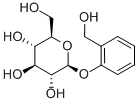Inhibition of D(-)-Salicin
Oct 14,2019
Salicin is an alcoholic β-glucoside. Salicin is produced in (and named after) willow (Salix) bark and acts as an anti-inflammatory agent in the human body. Salicin is also commonly found in the bark of Populus species, and the leaves of willows and poplars. It is also found in castoreum, which was used as an analgesic, anti-inflammatory, and antipyretic.
The activity of castoreum has been credited to the accumulation of salicin from willow trees in the beaver's diet, which is transformed to salicylic acid and has an action very similar to that of aspirin. Salicin was the historical origin of aspirin and is chemically related to it. When consumed, the acetalic ether bridge is broken down. The two parts of the molecule, glucose and salicyl alcohol, then are metabolized separately. By oxidizing the alcohol function the aromatic part finally is metabolized to salicylic acid. Salicin tastes bitter like quinine.
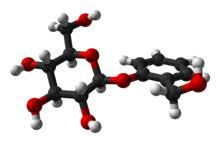
D(-)-Salicin is a traditional medicine which has been known to exhibit anti-inflammation and other therapeutic activities, it can inhibit the LPS-induced inflammation in RAW264.7 cells and mouse models.
METHODS AND RESULTS
The present study aimed to investigate whether D(-)-Salicin inhibited the LPS-induced inflammation in vivo and in vitro. We evaluated the effect of D(-)-Salicin on cytokines (TNF-α, IL-1β, IL-6 and IL-10) in vivo and in vitro by enzyme-linked immunosorbent assay and signaling pathways (MAPKs and NF-κB) in vivo by Western blot. The results showed that D(-)-Salicin markedly decreased TNF-α, IL-1β and IL-6 concentrations and increased IL-10 concentration.
In addition, western blot analysis indicated that D(-)-Salicin suppressed the activation of MAPKs and NF-κB signaling pathways stimulated by LPS. To examine whether D(-)-Salicin ameliorated LPS-induced lung inflammation, inhibitors of MAPKs and NF-κB signaling pathways were administrated intraperitoneally to mice. Interference with specific inhibitors revealed that D(-)-Salicin-mediated cytokine suppression was through MAPKs and NF-κB pathways. In the mouse model of acute lung injury, histopathologic examination indicted that D(-)-Salicin suppressed edema induced by LPS.
So it is suggest that D(-)-Salicin might be a potential therapeutic agent against inflammatory diseases.
- Related articles
- Related Qustion
- D-(-)-Salicin: Phytochemistry, Biosynthesis and Metabolism Mar 11, 2024
D-(-)-Salicin, a phenolic glycoside, undergoes enzymatic biosynthesis and metabolism into salicylic acid, highlighting its significant anti-inflammatory and pro-apoptotic medicinal potential.
- D(-)-Salicin:anti-inflammatory, purgative and analgesic agents Sep 15, 2023
D(-)-Salicin, an organic compound with the chemical formula C13H18O7, extracted from white willow bark, is a glycoside compound.
Jaceosidin, also known as 4',5,7-trihydroxy-3',6-dimethoxyflavone, is a member of the class of compounds known as 6-o-methylated flavonoids. 6-o-methylated flavonoids are flavonoids with methoxy groups attached to the C6 atom of the flavono....
Oct 14,2019Natural ProductsIridium is a member of the platinum family and is white in color with a yellowish hue. It has a density of 22.65 grams per cubic centimeter. By comparison, the density of lead is 11.34 g/cm3 and the density of iron is 7.874 g/cm3.....
Oct 14,2019Inorganic chemistryD-(-)-Salicin
138-52-3You may like
- The benefits of Copper tripeptide
Apr 22, 2024
- Triphosphopyridine nucleotide: Introduction and Uses
Apr 18, 2024
- Is arbutin safe to use every day?
Apr 18, 2024
- D(-)-Salicin 98%HPLC
-
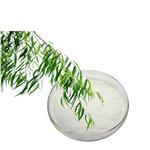
- $200.00 / 1kg
- 2024-04-23
- CAS:138-52-3
- Min. Order: 1kg
- Purity: 98%
- Supply Ability: 10000
- D-(-)-Salicin
-
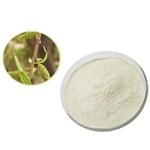
- $0.00 / 1KG
- 2024-04-23
- CAS:138-52-3
- Min. Order: 1KG
- Purity: 15%-98% HPLC
- Supply Ability: 1000KG
- salicin
-
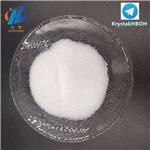
- $1.00 / 1KG
- 2024-04-22
- CAS:138-52-3
- Min. Order: 1KG
- Purity: 99.91%
- Supply Ability: 200000




